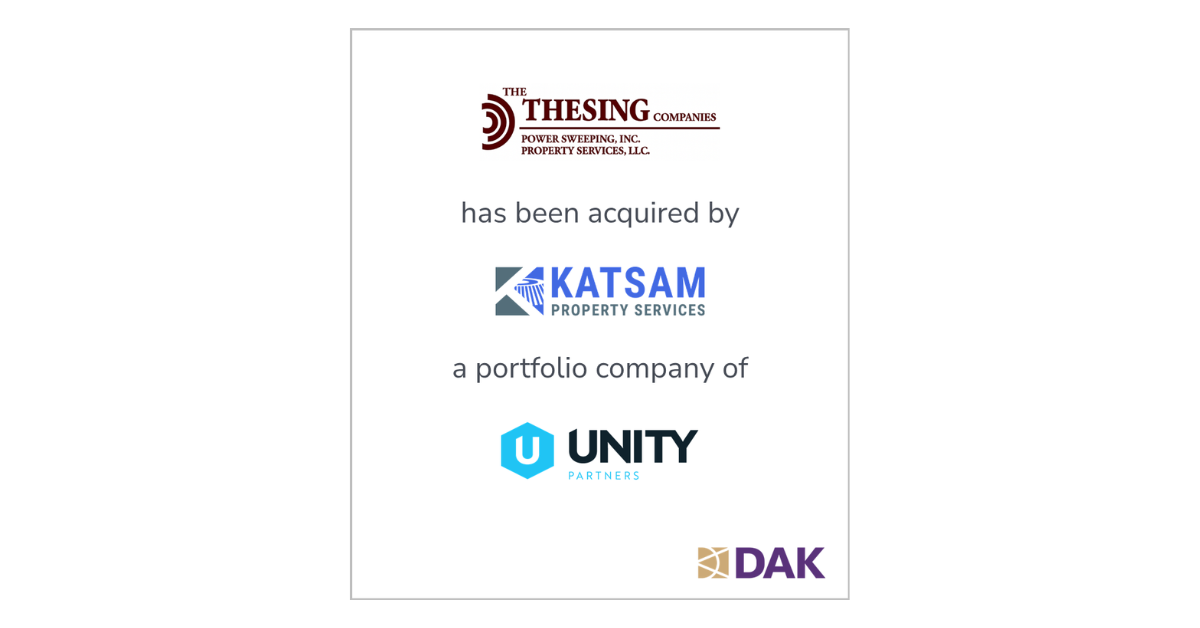As seen on…
Breaking down the NDA
The first document produced and executed for an M&A transaction is typically a non-disclosure agreement (NDA), sometimes known as a confidentiality agreement (CA). The NDA is designed to enforce confidentiality among buyers, define terms of engagement, limit what can be disclosed to third parties, and dictate other terms to which counterparties must agree.
NDAs are legal documents designed to protect confidential information from being disclosed to a third party or being negatively used against the party disclosing the information — often a private business. Even if a business is not currently for sale, it is still important for any business owner or CEO considering the sale of their business to have a basic understanding of NDAs, their key elements, and how and when to use them to protect themselves and their business.
Pro Tip: When it comes to structuring and writing an NDA, you should always seek the advice of professional counsel.
One-Way vs. Mutual NDAs
NDAs can typically be structured in two formats: a one-way NDA or a mutual NDA. In a one-way NDA, also known as a unilateral NDA, the receiving party of the confidential information is bound to protect such information. For example, if you have been approached by a private equity group, you could require them to sign a one-way NDA; doing so would protect any confidential information you disclose to the private equity group, but you would not be bound if the private equity group disclosed confidential information to you. A one-way NDA protects your information, but not the information of the other party.
By contrast, if a competitor approaches you at a trade show, they may require that you sign a mutual NDA. In this case, any confidential information that you disclose, and any confidential information that the competitor discloses, is protected by the NDA.
Define Confidential Information
What constitutes confidential information? The answer is different in many cases. A proper NDA should clearly define what is considered confidential information and what is not. Usually, an NDA stipulates that any information relating to products, services, markets, customers, research, software, developments, inventions, designs, drawings, financials, and other items is to be kept confidential. Exclusions to confidential information may include information already in possession of the receiving party or information that is in the public domain and can be proven to be public.
Pro Tip: Never sign an NDA that does not specifically indicate confidential information — you don’t want the courts to interpret the definition for you.
Define the term of the NDA
The term of the NDA specifies how long the confidential information will be protected. Usually, this ranges from one to three years, depending on the nature of the transaction and market conditions.
The term is often where a disconnect occurs between buyers and business owners. While business owners want to protect their information as long as possible, buyers don’t want to be bound by an NDA for an indefinite amount of time.
Additional important elements of NDAs:
- Purpose of disclosing confidential information: States the specific purpose for which confidential information has been disclosed.
- Returning or destroying confidential information: Defines how information is to be returned or destroyed and under what circumstances.
- Use of confidential information: Clarifies that information is not to be used for any purpose other than what was set forth explicitly in the agreement.
- Enforceability of the entire agreement: If one section of the agreement were to be found void, the remainder of the agreement survives and is enforceable.
- Ownership of confidential information: States which party owns the confidential information.
Click here to learn how Axial has streamlined the NDA process…






